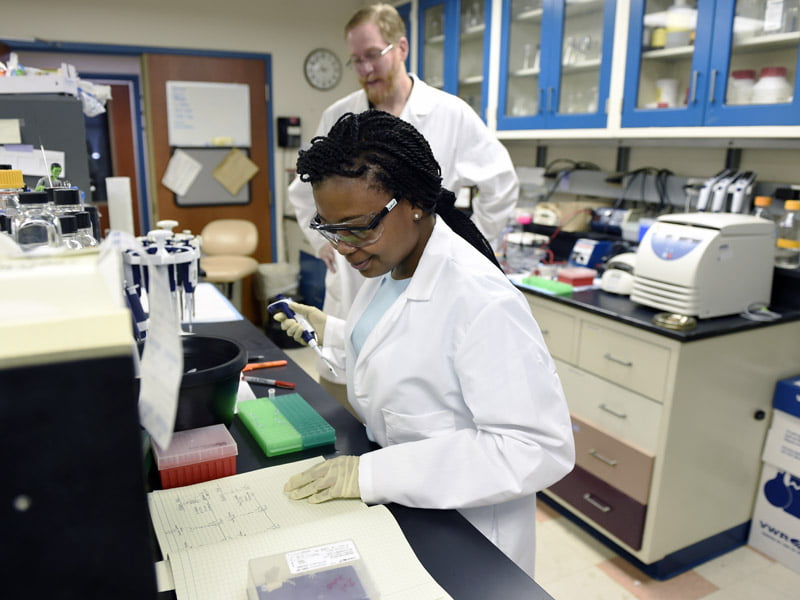The Universities’ website The Conversation has carried two posts recently, by Michael Brown and Merlin Crossley, examining the NHMRC and ARC. Both express concern about the processes and outcomes of the grant systems.
Alongside these commentaries, the Watt Review of Research Policy and Funding Arrangements is reaching its endpoint, examining the allocation of the total of the Commonwealth’s spending on research and development (R&D).
What is covered in the content of these articles, the review and often other commentaries is reasonable and useful, but it is the missing elements that may be more informative.

Collaboration Opportunities Excluded?
I am waiting for the reports that demonstrate that the grants process itself has a collaborative culture. Where are the stories of the administrators suggesting that two or more applicants consider re-submitting as a single application?
And relevant to potential research collaboration, where is the response of those responsible for this grant activity to support the proposal from the last Cooperative Research Centre (CRC) review to fund “mini” CRCs? (though I prefer calling these “pop-up” CRCs).
But perhaps I should not be surprised at this because the grants processes appear to give scant consideration, if any, to the related commercialisation potential and pathways. Perhaps these residents of Canberra have no reach into industry that would enable them to facilitate the connection of our research with industry.
To be clear, I believe in conducting research for its own knowledge outcomes, but research informed by the related commercialisation prospects, is likely to produce more productive knowledge.
Silos of Experience?
Then there is the Watt Review, led by the very able Dr Ian Watt AO, with the support of a small group with experience in research and higher education.
Again, there is no complaint to be made about the credentials of these eminent individuals; indeed in 2008 I worked in association with Edwina Cornish in the establishment of the Trans Tasman Commercialisation Fund.
But given the Review is part of the Boosting Returns from Research, and remember that three of the Review’s five objectives deal with industry engagement and commercialisation, it is surprising that this inner circle included no members with direct research-commercialisation experience, or industry members with experience in linkage grants and university collaboration generally.
What we know in innovation, is that multi-disciplinary inputs, and a clash of ideas, provide deeper insights and better outcomes.
In productive environments, such interactions do not lead to chaos or inefficiency, but to alignment and commitment to the outcomes. Perhaps the issue for our grants processes and for our Reviews is that they operate within a closed shop.
We just signed another free trade agreement to keep our economy open; perhaps we need to open up our insulated research grant processes to some fresh ideas.
And on a closing note, I observe that the Review does not include a portfolio optimisation perspective of our research system, instead appearing to come back to the comfort of using past performance as a guide to the future sector allocations.
Any good researcher would point out that there is a risk of unintended, auto-correlation in this approach (as there already is with citations driving awards).
We need to include in the allocation processes consideration of the knowledge we will need to have over the coming decades.
Admittedly, this may cause some clash of science fiction versus science fact, but it is worth remembering that the Valley had two institutional elements as its 1960s base: the semi-conductor industry and the Stanford Research Institute which, while operating as a practical research organisation, also acted as futurist investigator.
Paul Cheever is Chief Executive Officer and Director of the Australian Institute for Innovation. The AII is a not-for-profit organisation whose mission is to bring practical experience to inform Australian policy and program discussions on the innovation system and innovation investment.
*Photo Credit: John F. Williams
Do you know more? Contact James Riley via Email.
